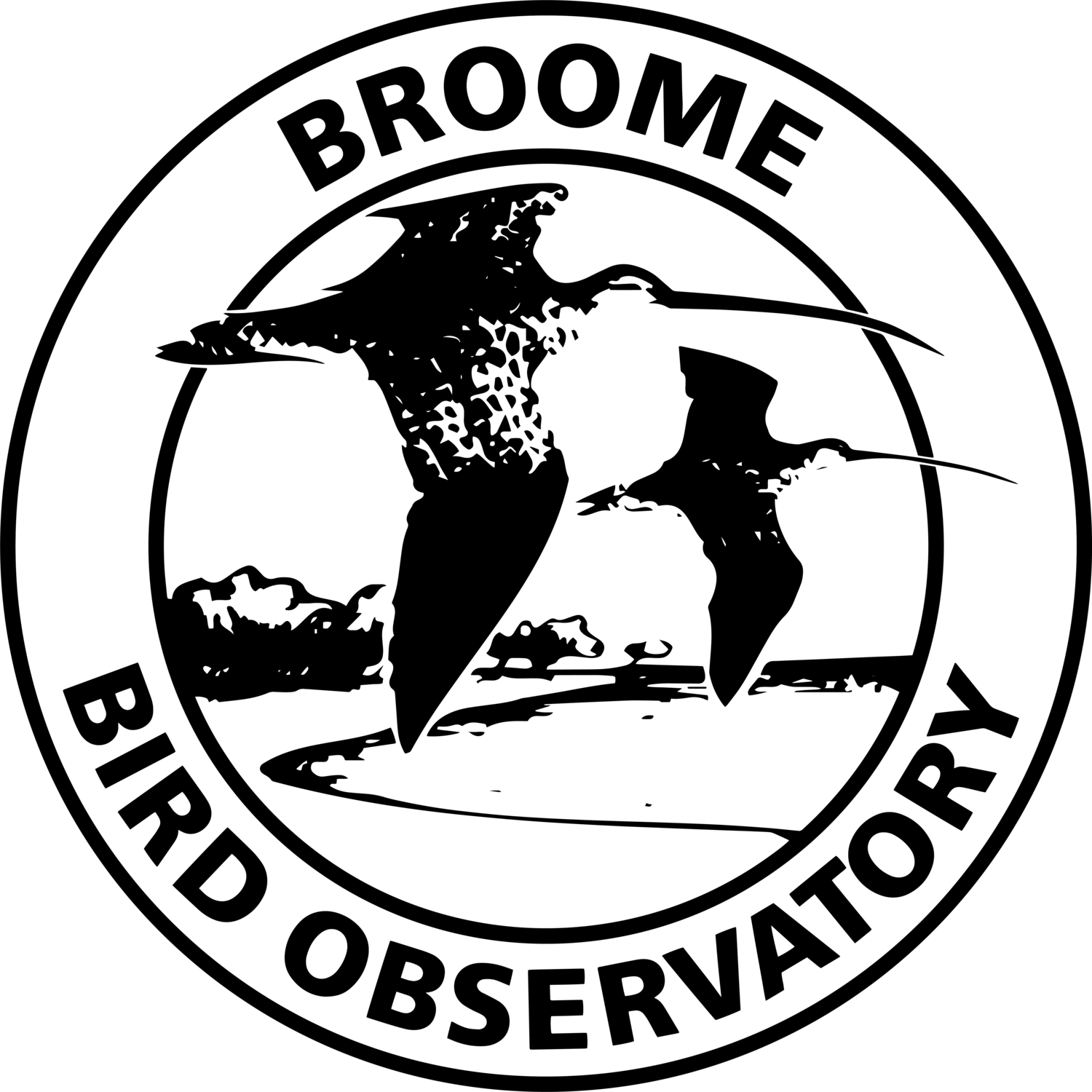Birding in Isolation
Birding is such a relaxing and rewarding hobby/passion/lifestyle but in today’s world with social distancing, travel restrictions and the importance of staying at home as much as possible, it can be difficult to continue birding. Conversely, in such stressful times as these, it’s important to do activities that are beneficial for our mental wellbeing and birding is arguably one of these. So here are some suggestions of how you can continue birding, albeit in different ways.
Active birding
If you are able to get outside for your 30 minutes of exercise, whether a casual stroll or a determined run, and are able to multi-task, use the time to listen and look for birds as well as doing your physical exercise. Seeing an unusual or particularly interesting bird can be a good excuse for a quick break from exercise if you are out of breath (or even if you aren’t).
Backyard birding
If you have anything of a backyard or front yard or even just a balcony, try putting out a birdbath. This could be anything from a fancy garden piece to a dinner bowl perched on a box. Check out the makeshift birdbath outside the BBO wardens’ house.
Jane snapped these Long-tailed and Double-barred Finches visiting their ‘bin lid on a crate’ birdbath.
So long as it has water and is in a fairly safe environment (e.g. out of the reach of pets), there’s a good chance you’ll get some birds paying a visit or two or ten. If you’re considering putting out some food for the birds that visit, Birds in Backyards has a helpful article on whether or not you should feed birds and the best ways to do it.
Connecting birding
Thanks to technology, we can still keep in touch with each other. Keep lists of the birds you see at your birdbath and compare these lists with your friends. You could even turn it into a daily competition.
You can also connect with other birders stuck at home through a Facebook group called #BirdTheFeckAtHome. Group members share what birds they see only from their backyards or balconies (i.e. no travelling). Their aim is to reach 3000 species (they’ve already smashed their goals of 1000, 2000 and 2500). Why not join and be a part of that goal?
Direct and indirect Citizen Science birding
Reporting your bird sightings to Birdata or eBird can add value to your birding by assisting researchers.
Whether in your backyard or through your daily exercise, use eBird or Birdata to report what birds you see or hear as this contributes to national and international datasets on birds. BirdLife Australia has Birds in Backyards surveys running each season so why not submit an Autumn Birds in Backyards survey before the end of April? Otherwise you could join in on their Winter Birds in Backyards by submitting surveys in June and July. BirdLife also has a page on their website dedicated to birding at home which has links to a range of resources and advice about birding. Here at the BBO, we do a couple of Birdata surveys a week, covering three different ecosystem types in a three-week cycle.
This was our most recent 2ha, 20 minutes Plains Survey. We persevered through the mosquitoes!
There are also many research projects going on that you can be a part of remotely. Do you like penguins? Why not volunteer with Penguin Watch to count penguins in photos from remote cameras to help researchers out with their large datasets? There are many other projects available on Zooniverse where people from all around the world volunteer online to help professional researchers.
Educational birding
Use this time to expand your knowledge about the birds of your region, about the birds of a region you want to visit, or just about birds you would like to know more about. Use guide books, apps, websites, Google, Youtube, or scientific papers, to learn about bird plumage, age, behaviour, calls, distribution - whatever it is that you are interested in learning about. Birds are such fascinating creatures!
Follow the BBO birding
We were treated to great views of an Asian Dowitcher when we went shorebirding on Nyil’s birthday.
While we have no tours or guests at the moment, here at the BBO we are keeping busy with research and preparing for when guests will (hopefully) be able to return. We’ve been putting up lots of videos and photos and stories on Facebook to share things light-hearted, meaningful or special. These include tally updates and footage from our nightly migration watches, maintenance projects we’ve been getting up to, and wildlife encounters we’ve had. Our campground hosts have put together some fantastic clips of some of our tour locations, the campground, the shorebirds and the tide movements so you can check them out there too. We also have a Twitter account.
As we are a non-profit NGO, if you’d like to help support us during this time, why not head over to our Online Shop where you can get a great gift for yourself or someone else and support our work at the same time? We have a lot of new stock, including a new migration T-shirt, and a bunch of books on birds and the Broome region to keep your mind stimulated.
This was how the wardens and assistant warden watched the 10.59 metre tide on Easter Friday.
Stay safe, keep your distance and happy birding!
- Mattea





